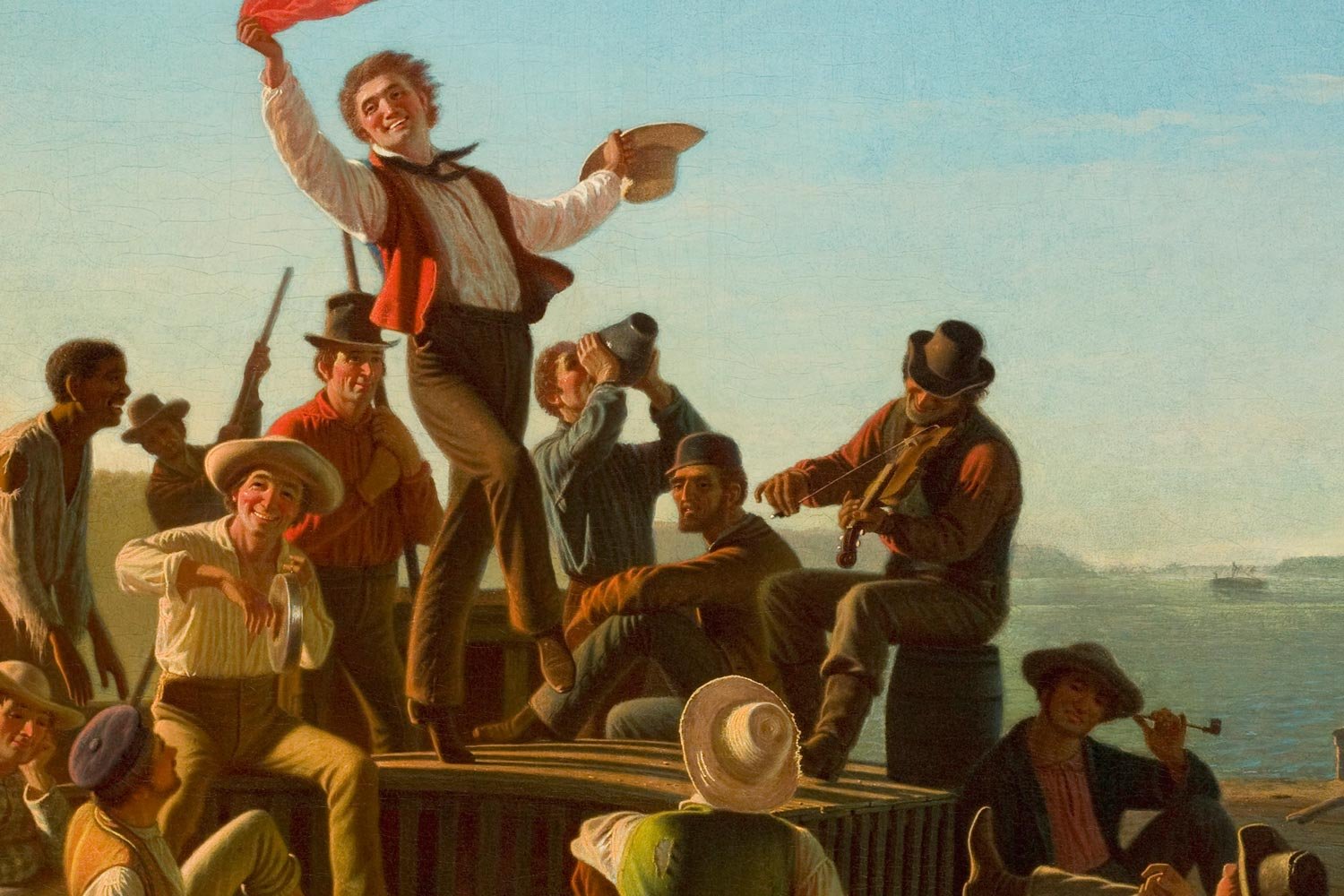Louisiana Purchase, Part 2: Western Settlement and the Mississippi River
Because of several treaties in the 18th century, Spain controlled the entire west bank of the Mississippi and the east bank for a stretch of 150 miles, from Natchez to the Gulf of Mexico. Especially unfortunate for western Americans, Spain also controlled the river port of New Orleans, the key to the continent. The rapid influx of Americans into the region following the American Revolution became a great concern for Spanish officials, as the population of Kentucky and Tennessee grew tenfold, from 30,000 to 300,000, between 1784 and 1800.
Tom Hand, creator and publisher of Americana Corner, explores how western settlement along the Mississippi impacted relations between Spain and America, and why it still matters today.
Images courtesy of the National Gallery of Art, Wikimedia - Kemper Art Museum, Wikimedia - University of Toronto, Art Institute of Chicago, Library of Congress, National Portrait Gallery - Smithsonian Institution, Wikimedia - The Historic New Orleans Connection.




The midnight deal Robert Livingston, United States Minister to France, struck with Francois Barbe-Marbois, Napoleon’s Finance Minister, on April 13, 1803, to purchase the Louisiana territory was one of the most impactful agreements in the history of the United States. It resulted from months of conversations Livingston had had with numerous French officials, creating a foundation for the details that would follow. But as important as this step was, there remained several hurdles to overcome.